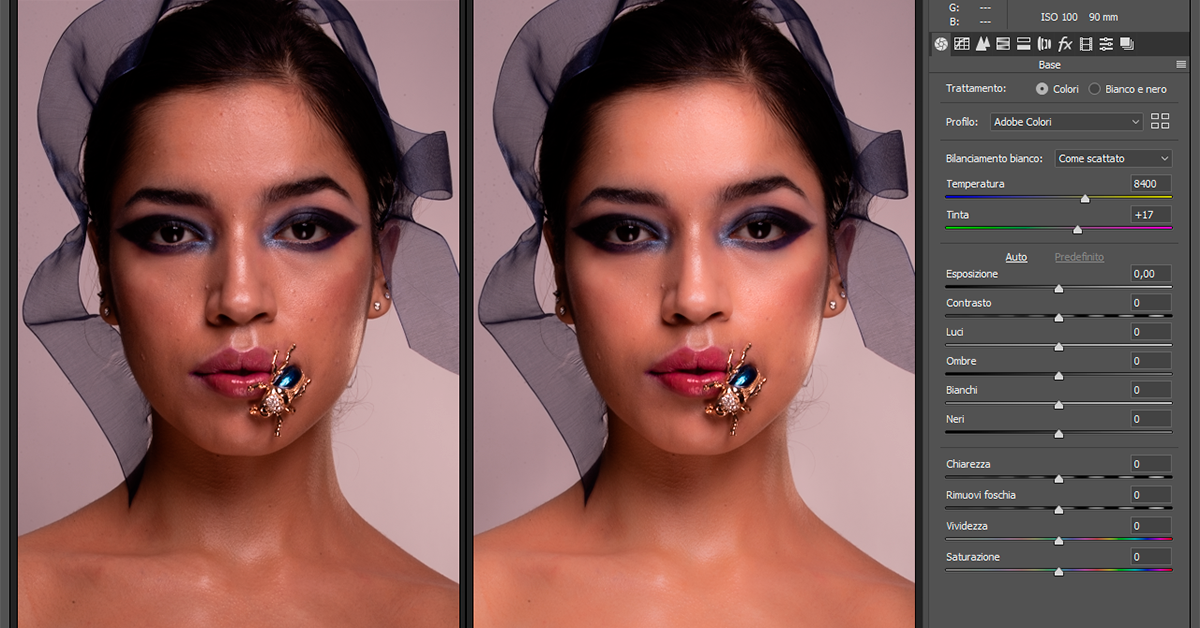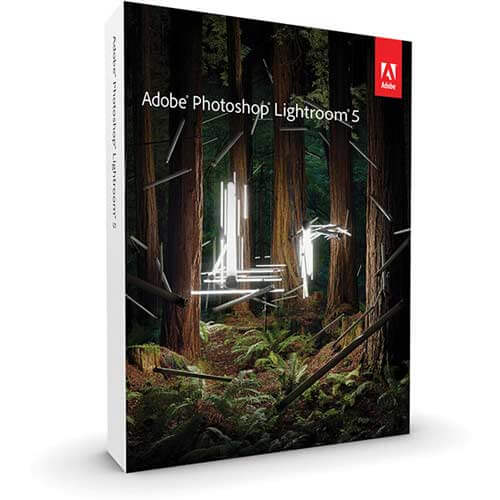

Depending on the type of photography you do, this can be fairly often or practically never. The easy answer is when you can’t use Lightroom. So, photographers who shoot raw images in volume, whether it’s weddings, portraits, or babies, Lightroom will be a time saver. You can also use and create Lightroom presets to apply common settings across your photos. If you think Photoshop “Actions” are easy… They are nothing compared to the ease of using Lightroom. With Lightroom, you can create collections, add keywords, move multiple images or files around your hard drive, create slideshows, print books, and share your photos directly to Facebook with relative ease.Īs importantly, you can also copy or sync your photo edits to multiple photos at once. When it comes to workflow, I believe Lightroom blows Photoshop out of the water. Lightroom is also much easier to use than Photoshop, which can have more of a steep learning curve. If you’re a beginning photographer, you’ll most likely be satisfied with these features. If you’re comfortable in Adobe Camera Raw, then developing a photo in Lightroom will look very familiar. Lightroom is perfect for most basic photo editing, including (but not limited to) cropping, white balance, exposure, histogram adjustments, tonal curves, black and white conversion, spot removal, red eye corrections, gradients, local adjustments, sharpening, noise reduction, lens profile corrections, vibrance, and saturation. Also, because of the photo management capabilities of Lightroom, you’ll be organizing your digital photography as you import. Lightroom is a raw file editor so you don’t need Adobe Camera Raw. If you shoot raw photos (which you should), then I recommend that you first import your photos into Lightroom as the initial step of your image management process.

When Should I Use Lightroom vs Photoshop? All of the edits are automatically kept in your Lightroom catalog, which acts as your database of edits and history. In fact, Lightroom has no “save” button at all. Unlike Adobe Photoshop, Lightroom is a non-destructive photo editor, meaning that you don’t have to worry about that pesky “save as” button. In turn, Lightroom is photo management and photo editing, combined into a single tool. Lightroom helps you import, organize, manage, and find your images. However, Lightroom is much more than a photo editor or image editing software. Lightroom covers the majority, if not all, of the image manipulation tools you’ll most likely need.
ADOBE PHOTOSHOP LIGHTROOM VS LIGHTROOM CLASSIC HOW TO
Learn how to optimize your settings and explore the multitude of options using images between Lightroom and Photoshop in Ben Willmore’s class.Īs a photo editor, Adobe Lightroom includes a subset of Photoshop’s features that are custom tailored to the contemporary photographer. At this point, Photoshop should really be called Photo-Graphic-Design-Animation-Studio-Shop… though that’s not nearly as catchy.Īlso, Photoshop is a pixel-level editor, meaning you can get up close and personal with every little dot of color that make up your digital image. In short, it’s a beast of a program that helps give creatives their power to create. Photoshop is used by graphic designers, architects, publishers and photographers. Originally created by Adobe for simple digital photo editing, the program’s functionality has greatly expanded. Photoshop is synonymous with photo editing. It will help you determine when and why you should use each program. To help you decide which editing tool is right for your next project we’ve assembled this handy guide. The truth is, there’s no clear-cut answer – it depends on the project. They want to know which one they should use. At Mosaic, photographers often ask us to compare Adobe Photoshop vs Lightroom.


 0 kommentar(er)
0 kommentar(er)
